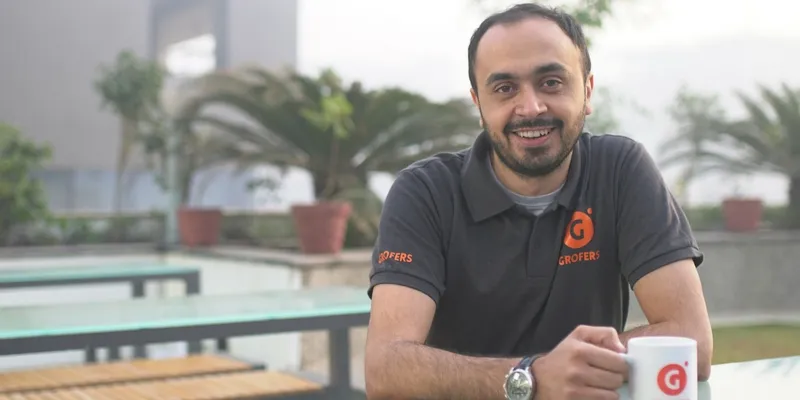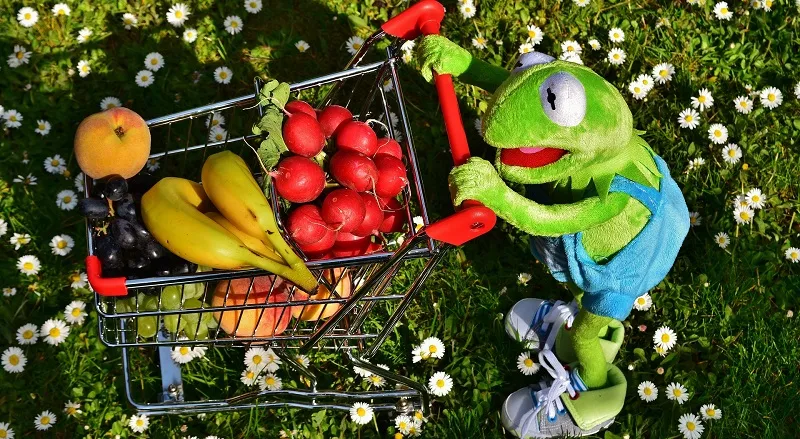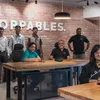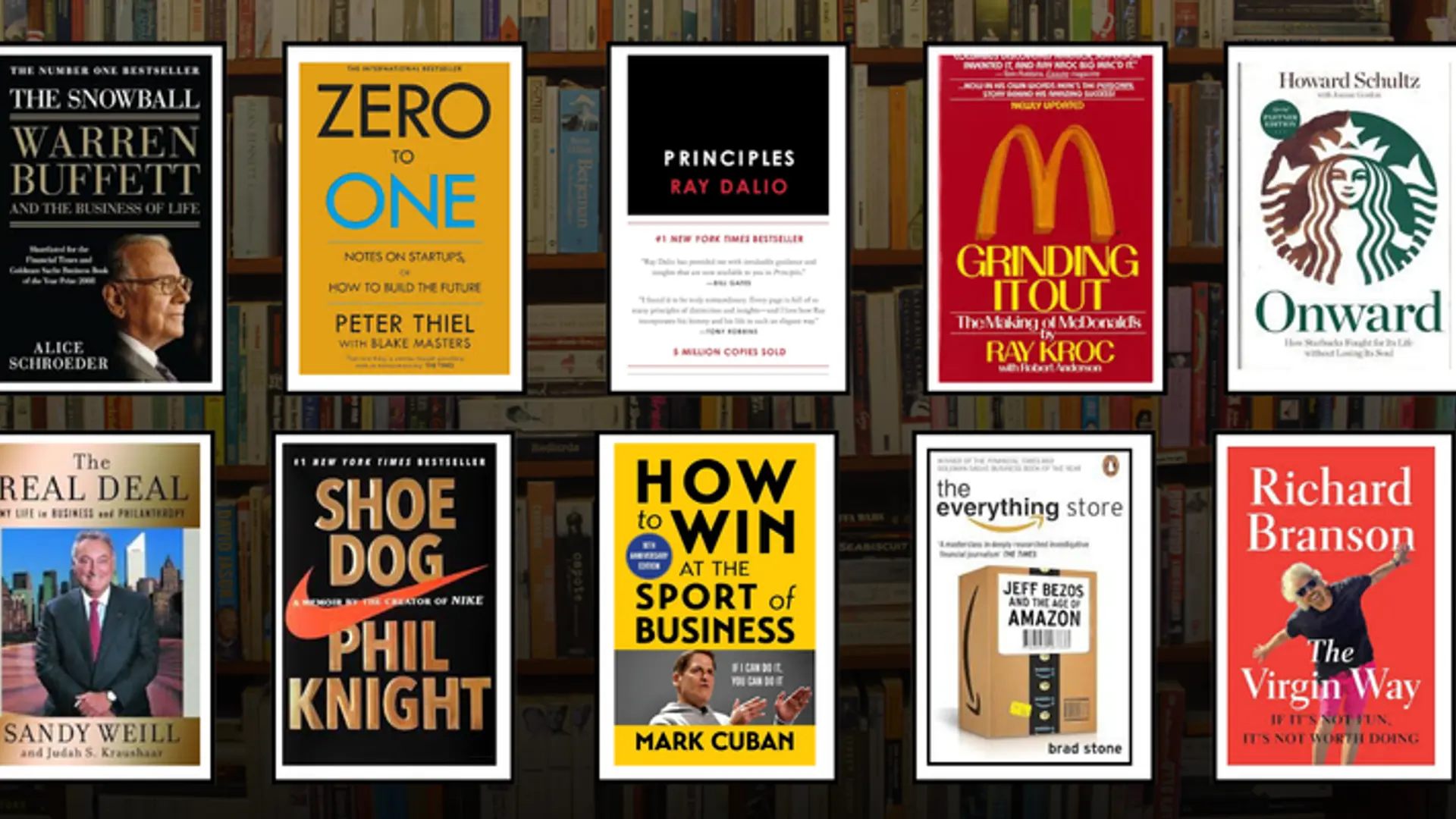How online grocery startup Grofers’ valuation rose from $310M to $800M in a year, and is now looking to double its revenue
By focussing on its current business model without offline push or faster delivery and not expanding to newer markets, Gurugram-based online grocery platform Grofers is looking to double its revenue to Rs 5,000 crore ($720 million) this fiscal.
A few weeks ago, Gurugram-based online grocery platform Grofers announced that it had raised around $220 million in its Series F funding round, which CEO and Co-founder Albinder Dhindsa claims was at a valuation of around $800 million. This would be a major turnaround for Grofers, which is set to be India’s next unicorn.
In 2018, Grofers raised Rs 400 crore (about $62 million) in Series E from its existing investors SoftBank and Tiger Global Management at a valuation of around $310 million. This was reportedly 20 percent lower than its valuation in 2017 when it had raised $15 million.

Grofers Co-founder Albinder Dhindsa says the e-grocer will sustain the momentum going forward.
In an interaction with YourStory, Albinder reveals how the company achieved this valuation and its future plans.
Grofers’ latest funding round was led by SoftBank Vision Fund with participation from a new investor, South Korean investment firm KTB, along with existing investors Tiger Global Management and Sequoia Capital. After having generated Rs 2,500 crore (about $360 million) in FY 2019, the company plans to achieve Rs 5,000 crore ($720 million) in revenue this fiscal.
Commenting about SoftBank Vision Fund and KTB, Korea's first venture capital firm, entering the investors’ circle, Albinder says,
“KTB was looking at different models in Indian e-grocery market to invest. Usually, investors look for business models that worked abroad to be copied in India. But we have a very unique model, and we have no parallels in this kirana network model, which is very much India-focussed.”
According to a recent report by RedSeer Consulting, India’s hyperlocal e-grocery market is growing at 106 percent (in Q1 2019), with sector specialists like Grofers and BigBasket continuing to lead the market.
Meanwhile, Masayoshi Son’s SoftBank and Jack Ma's Alibaba, being major Asian investors, seemed to have found their investees in the two respectively, after burning their hands in Snapdeal and Paytm Mall.
Earlier this year, BigBasket also closed $150 million in its Series F round from South Korea’s Mirae Asset Global Investments, UK Government’s development finance institution CDC Group, and the Alibaba Group, at a valuation of over $1 billion.
Members-only club and private label business
In 2018, Grofers launched its membership/subscription-based service ‘Smart Bachat Club’, and has since got half a million subscribers. The members of the club can shop for their daily groceries by paying as low as wholesale prices.
Albinder maintains that subscribers use more of Grofers’ private label products. He says,
“They have invested into the platform. So, we provide them (only the subscription users) with daily milk delivery. We deliver only our own brand of milk, and this service will be launched in all cities this month (for subscribers only)."
The five-year-old company also launched its private label business in January 2018. The CEO says that in 18 months, 90 percent of Grofers customers have bought its private label products. He adds that 40 percent revenue comes from private label products in the FMCG and staples category.
“Our customers care about value and we provide similar quality at a lower price. We don’t launch products until we test it with select customers – we send them samples, get detailed feedback, and approve it only if they are happy with the quality,” says Albinder.
The online grocery platform works with big and small manufacturing companies to provide incentives by giving them more business and visibility. Albinder states, “Margins for private label products are the same as the usual brands. We do private label business for giving a better price to our customers, and not for our higher margins, because we are targeting a customer base looking for cheaper products. Today, we have an active transacting user base of 3.5 to 4 million. The total transacting users till date is 10 million.”
Mastering one business model
While Grofers' biggest competitor, Bengaluru-based BigBasket, is growing multiple businesses in the hyperlocal model, the former is clear about having only one business model.

The online grocery market in India is worth $1 billion, which is only 0.2 percent of the total grocery retail market.
Albinder explains, “We do not give same-day delivery, and neither do we deliver fresh fruits and vegetables, and meat. Our target customer is different (from that of Bigbasket); their concerns are rent and school fees, and they spend conservatively. For instance, in Bengaluru, our monthly sales are climbing 30 percent in Yelahanka (unlike BigBasket in Koramangala or Indiranagar). Our target customer buys fresh fruits and vegetables in small quantities (for Rs 50-100) from kiranas, unlike Bigbasket’s customers who buy from supermarkets (Rs 200-300). It is this 25 to 30 million premium segment customers who buy fresh fruits and vegetables online. We do not cater to them. This is in sharp contrast to BigBasket’s model; we don’t believe in doing multiple things.”
Not losing sleep over new competition
Recently, Bengaluru-based delivery startups Dunzo and Swiggy have also started delivering grocery. In addition, Reliance Group is also entering the online grocery space. Reliance Fresh's retail outlets chain is an advantage for the group, and it plans to tie up with lakhs of small shops to fulfil orders in small towns. But using mom-and-pop stores for pick-up and last-mile delivery demands those inventories be made available online.
But Albinder believes none of these players are competition to Grofers. “This service needs great tech, which is not the core strength of Reliance. Even Swiggy and Dunzo’s models are hard to execute.”
And then there is Amazon, which provides multiple grocery delivery models, and comes with billions of dollars in its kitty. But Albinder is not worried.
“If Amazon India had a working model in grocery, we won’t even exist. It has been five years since their launch; and their growth has been insignificant,” he says.
But most of these players deliver on the same day in one model or another. Albinder claims that Grofers’ customer base is not keen on same-day delivery if they can save extra charges on that. According to him, only 20-25 million (premium) customers would pay for fast delivery. He believes that a business model for the top 20 million customers is not sustainable.
“Even Amazon in the US started next-day delivery only very recently. They built it gradually, with scale. You can’t start grocery delivery with this model,” he says.
Albinder reiterates there will be no offline push for their private labels as well, as it doesn’t make sense for their target audience. “It’s not worth the effort if you can’t give value to the customers. With the distribution and stocking in offline retail, margins will be much lower too.”
No more expansion
Being present in 10 cities, Grofers is not planning to expand to other cities for now. It will invest more in South Indian cities - Chennai, Hyderabad, and Bengaluru - to grow deeper.
“We are growing the business bigger in concentric circles around the cities we are already present in. For instance, from Delhi-NCR, we can grow to Meerut or Sonipat. We already have a network with 26 warehouses (across 10 cities) and manufacturing bases in these regions.”
According to a study by RedSeer, unlike categories like fashion, where Tier II and III cities are a key lever of the growth strategy, majority of the market for online grocery is still focussed on larger cities.
At present, Grofers claims to be the market leader in India’s three largest cities - Delhi-NCR, Mumbai, and Kolkata.
Grofers has also partnered with local businesses like kirana stores, gyms, beauty parlours, etc., to carry out its last-mile delivery. Customers can pick up their orders from these small establishments or get it delivered home.
Out of Grofers’ team of 450, about 150 are into tech. Its technology helps these partners with stocking up the right products and automates prediction of what will be in demand in a locality (and get the partner to stock it). Albinder claims that 500 million such projections are made daily (on inventory deployment).
Albinder says that Grofers has such partners within 500 metres of every registered customer address. “This network has 6,500 stores, so we don’t need delivery personnel. We even have partners in Dharavi (Mumbai slum area). They are paid on either monthly or per-delivery basis,” he says.
Having decided to invest the fresh funding in Tier I cities, Grofers aims to turn profitable by the end of this year. But Albinder stresses that it is more important to build scale and profit.
“Our focus is not on valuation, but on giving value to customers. But I always feel that Grofers is undervalued because I know the potential of the business,” he says.



![[Funding alert] Grofers raises more than $200M in funding led by SoftBank Vision Fund](https://images.yourstory.com/cs/2/bd251c60-2d6a-11e9-aa97-9329348d4c3e/2019-05-151557919436163.png?fm=png&auto=format&h=100&w=100&crop=entropy&fit=crop)









